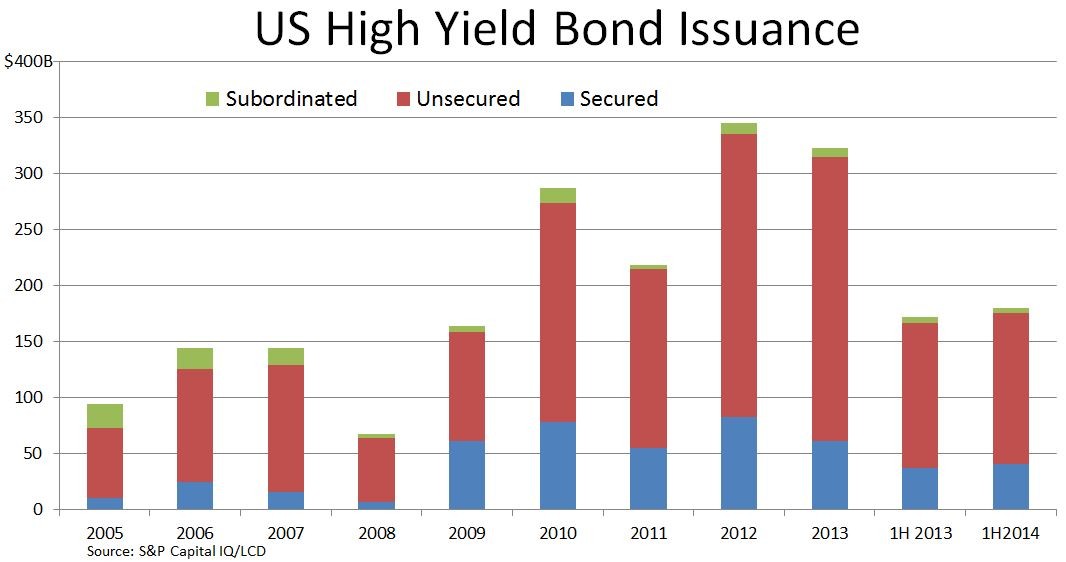Exchange Traded Funds Fixed income ETFs offer protection from crunch
Post on: 27 Сентябрь, 2015 No Comment

Over the past three years the number of fixed income exchange traded funds (ETFs) has mushroomed in the UK as investors looked for low cost exposure to the sector in gloomy bond markets.
Bond ETFs listed on the London stock Exchange track indices which contain individual bonds. They do not have a coupon value and their share price is determined by the price of the bonds in the index the ETF tracks. Despite the tough time they have had of late, bond funds are still seen as a conservative investment for those seeking capital preservation and ETFs with their lower total expense ratios represent an attractive proposition.
Fixed income ETFs have proved to be more popular in the US and on the continent than on these shores. In Europe there are total of 74 ETFs listed on European exchanges, six less than the number on offer across the Atlantic.
However, there appears to be a marked shift in sentiment in the UK and in the past 12 months there have be nine new fixed income listings, raising the total number of fixed income ETFs to 28. When aggregated with Europe, fixed income ETFs outside of the US account for 21% of the international fixed income ETF market.
Recent launches brought to the UK include the i-shares Global Inflation-Linked Bond ETF and the i-Shares € Covered Bond ETF in August 2008, while April saw the first ever money market ETFs become available with the launch of the db x-trackers US Dollar Money Market ETF and db x-trackers Sterling Money Market ETF.
Barclays Global Investors’ ETF arm, i-Shares, expects the interest in bond ETFs to continue to grow.
Alex Claringbull, fixed income portfolio manager at i-Shares, says he expects the size of the market to swell as banks start to bring fixed income ETFs to the attention of clients. He believes the influx of cash into the market is largely down to a growing appreciation among investors who are increasingly more educated about the levels of convenience and transparency offered by the vehicles.
Meanwhile, Marco Montanari, head of the fixed income ETF product range at db x-trackers, the ETF arm of Deutsche Bank, echoed these sentiments saying the surge of products coming to the market has created a better, competitive, market for investors who are now able to choose ETFs which suit their particular needs.
So how does the market view the asset class and what are the factors behind this surge in interest?
Discretionary portfolio manager Edward Allen has been actively taking advantage of the rich pickings available in the sector. He uses ETFs as an asset allocation tool in client portfolios and feels they have a number of positive benefits.
Allen says: ‘We have been using ETFs since we launched in September 2003 when the choice was much smaller. Over the last three or four years the range available has exploded which offers much more variety.
‘They are particularly useful for small portfolios for entry to government bond exposure as costs can be lower and may also be useful for clients unable to use UK government bonds directly for tax reasons. Other benefits with fixed income ETFs, aside from being cheap, are that they are very transparent instruments.’
Allen accepts that for UK clients it can be more advantageous to opt for direct exposure to gilts rather than through an ETF as the capital growth of gains made through direct purchases of gilts are not subject to capital gains tax. However, he says that when used appropriately ETFs can add significant value.
The rise of fixed income ETFs has also caught the eye of Brewin Dolphin. The firm’s head of research, Matthew Butcher, says: ‘Fixed income ETFs are a very efficient way of gaining easy access to an asset class without having to buy into a mutual fund. They make a lot of sense as they are cheaper than mutual funds and normally more transparent too. We are currently doing due diligence on a number of products to see if we can bring them into our portfolios.’
Money market ETFs are also gaining traction in the market. In this asset class a manager purchases a basket of sovereign and other investment grade bonds and then enters a total return swap with an investment bank.
The bank pays the performance of the index in exchange for the returns on the underlying investment, thus hedging the default risk on the bonds with the counterparty risk of the total return swap.
Thorsten Michalik, head of db-xtracker, says the success of the money market ETFs shows that investors are aware of the advantages of money market ETFs in terms of tradability, transparency, no investment limitations, and daily adjustments of the interest rate.
The rise of fixed income ETFs increases the pressure of active managers to deliver impressive returns to justify their relatively hefty charging structures. ‘Investors want a transparent, safe product and with money market ETFs, there is no counterparty risk,’ Montanari says.
‘Also, with lower total expense ratios, these products perform well when their performance net of fees is compared with traditional money market funds and fixed income funds.’














